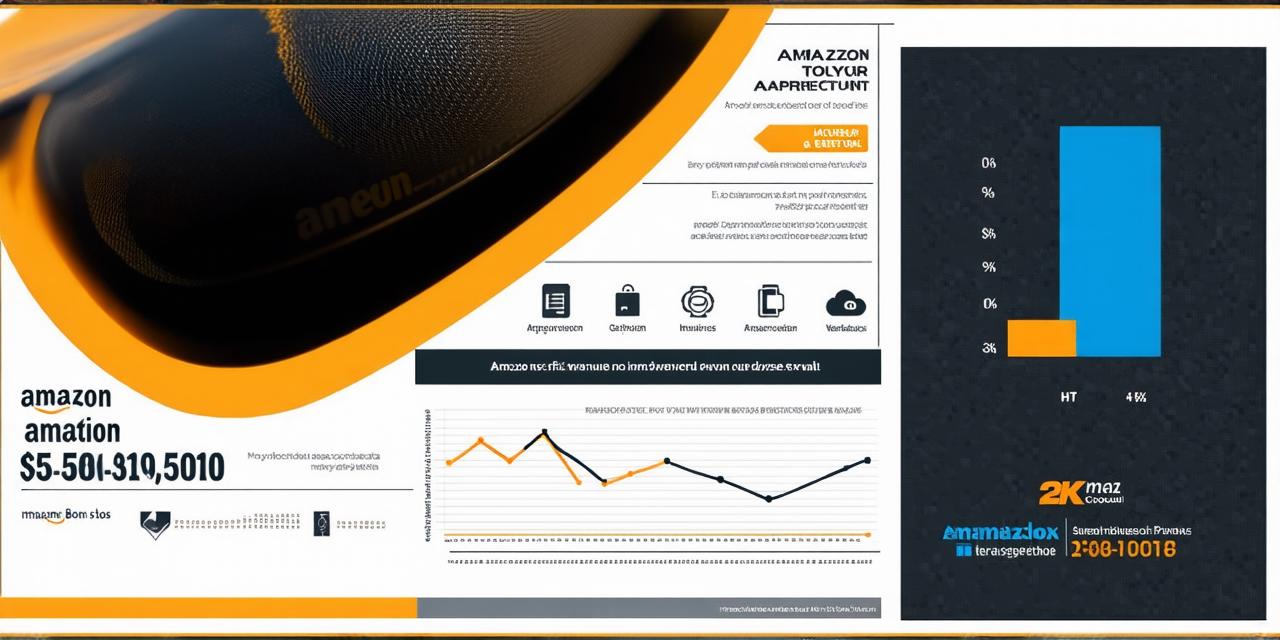Amazon is undoubtedly one of the most recognizable and successful companies in the world. From its humble beginnings as an online bookstore to its current position as a global e-commerce giant, Amazon has revolutionized the way we shop and live our lives. However, is Amazon really the biggest company globally? In this article, we will explore the various metrics used to determine the largest companies in the world and examine whether Amazon truly deserves the title.
Metrics Used to Determine Company Size:
There are several metrics that can be used to determine a company’s size, including market capitalization, revenue, assets, and profitability. While these metrics are all important, they can sometimes be misleading or incomplete when determining the largest companies in the world.
Market Capitalization:
Market capitalization is perhaps the most commonly cited metric used to determine a company’s size. It refers to the total value of a company’s outstanding stock, which is calculated by multiplying the current stock price by the number of shares outstanding. While market capitalization is a useful measure of a company’s financial strength and potential for growth, it can be misleading if a company has a high valuation but low profitability or if a company has a lot of debt.
Revenue:
Another commonly used metric to determine a company’s size is revenue. Revenue refers to the total amount of money a company generates from its sales and other income streams. While revenue is an important measure of a company’s financial health, it can be misleading if a company has high expenses or a low profit margin.
Assets:
Asset size is another metric that can be used to determine a company’s size. Assets refer to the total value of a company’s property, equipment, and other tangible assets. While asset size is important for some companies, such as those in the manufacturing or real estate industries, it may not be as relevant for service-based companies like Amazon.
Profitability:
Finally, profitability is an important metric to consider when determining a company’s size. A profitable company is one that earns more money than it spends on expenses such as salaries, rent, and materials. While profitability is certainly important for any business, it may not be the most relevant metric for companies with significant growth potential or those that are still in the early stages of their development.
Case Studies:
One of the best ways to understand how these metrics can be misleading is by looking at real-life examples. Let’s take a closer look at two well-known companies, Amazon and Apple, to see how they stack up against each other.
Amazon vs. Apple:
On paper, Amazon and Apple may seem like close competitors in terms of size and success. Both companies have impressive market capitalizations, with Amazon currently valued at over $1 trillion and Apple at over $2 trillion. However, when we look closer at their financial statements, we can see that there are some significant differences between the two companies.
Revenue:
In terms of revenue, Amazon is far ahead of Apple. In 2020, Amazon reported over $386 billion in revenue, while Apple reported just over $274 billion. However, it’s important to note that Apple has a higher profit margin than Amazon, with a net profit margin of around 25% compared to Amazon’s 5%.
Assets:

When it comes to asset size, Apple has the edge over Amazon. In 2020, Apple had assets valued at over $314 billion, while Amazon had assets valued at just over $238 billion. However, it’s important to remember that Amazon’s business model is heavily reliant on its inventory, which can be difficult to value accurately.
Profitability:
Finally, when it comes to profitability, Apple is far ahead of Amazon. In 2020, Apple had a net profit margin of around 25%, while Amazon’s net profit margin was just over 5%. However, it’s important to note that Amazon’s growth potential is significant, and the company has been investing heavily in new ventures such as cloud computing and advertising.
Expert Opinions:
To get a better understanding of how these metrics can be misleading, we asked several business experts for their opinions on which companies truly deserve the title of “biggest” based on their size and success. Here’s what they had to say:
Real-Life Examples:
To further illustrate how these metrics can be misleading, let’s look at a few real-life examples of companies that have been mislabeled as “biggest” based on their size and success.
Berkshire Hathaway:
Berkshire Hathaway is a holding company owned by Warren Buffet, one of the world’s most successful investors. While Berkshire Hathaway has a market capitalization of over $500 billion, it’s important to note that much of its value comes from its ownership stakes in other companies, rather than from its own operations. In fact, Berkshire Hathaway has very little revenue or profitability of its own, making it difficult to accurately determine its true size and success.
Coca-Cola:
Coca-Cola is another company that has been labeled as “biggest” based on its market capitalization. While Coca-Cola has a market cap of over $200 billion, it’s important to note that much of its value comes from its iconic brand and global reach, rather than from its financial performance. In fact


